Reportar esta entrada
Más sobre la misma comunidad-colección
Freda Spite - Escuela primaria St. Patrick's - 1955
Freda Spite - St. Patrick's Elementary School - 1955 - Student
Marcela Villareal - Escuela primaria St. Patrick's - 1954
Marcela Villareal - St. Patrick's Elementary School El Paso ...
Billy Miles - Escuela primaria St. Patrick's - 1956
Billy Miles - St. Patrick's Elementary School - 1956 - Student - ...
Juliet Mirable - Escuela primaria St. Patrick's - 1953
Juliet Mirable - St. Patrick's Elementary School - 1953
Juliet Mirable - Escuela primaria St. Patrick's - 1953
Juliet Mirable - St. Patrick's Elementary School - 1953
Barbara T. Tovar - Escuela primaria St. Patrick's - 1954
Barbara T. Tovar - St. Patrick's Elementary School - 1954
Richard Warnock - Escuela primaria St. Patrick's - 1955-1958
Richard Warnock - St. Patrick's Elementary School - 1955 - 1958
Richard Warnock - Escuela primaria St. Patrick's - 1955-1958
Richard Warnock - Student - St. Patrick's Elementary School - ...
Escuela primaria St. Patrick's - 1956
St. Patrick's Cathedral School - November 4, 1956 - El Paso, ...
Escuela primaria St. Patrick's - 1954
Jose Yanez - student - St. Patrick's Elementary School - El ...
Monaguillos de la Catedral de St. Patrick's
November 6, 1956 - Altar Boys - El Paso, Texas - Students of SR. ...
Antonite Mills - Escuela primaria St. Patrick's - 1955
Antonite Mills - St. Patrick's Elementary School - 1955
Catedral de St. Patrick's - 2012
Below is the 35th wedding anniversary blessing that was done on ...
Catedral de St. Patrick's - 2012
The priest was Fr. Richard Matty. Fr. Rick, RIP. Below is the ...
Catedral de St. Patrick's - 2012
Below is the 35th wedding anniversary blessing that was done on ...
Catedral de St. Patrick's - 2012
Below is the 35th wedding anniversary blessing that was done on ...

















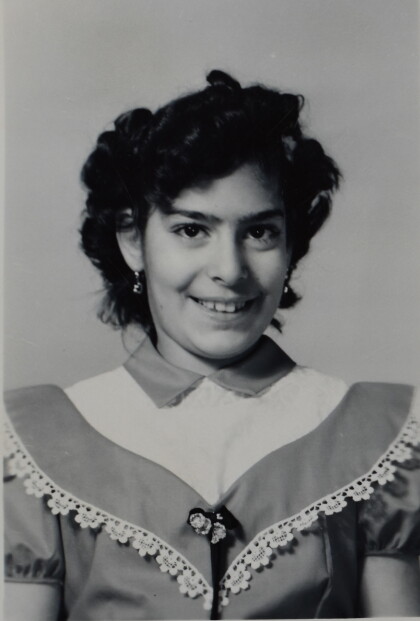
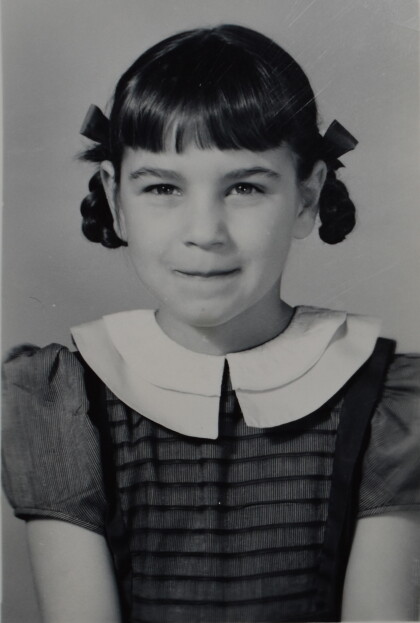

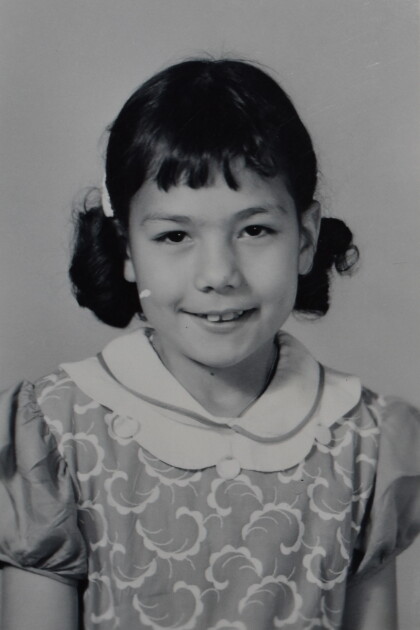
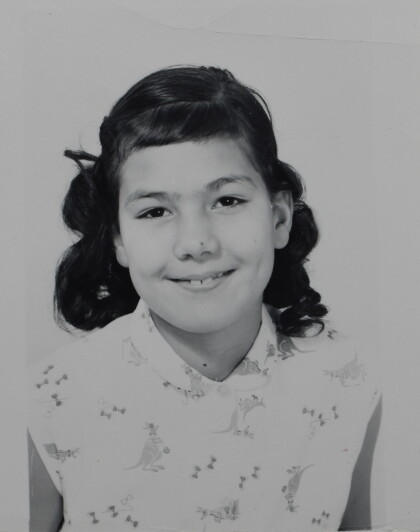




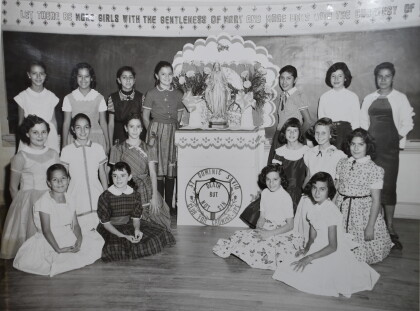

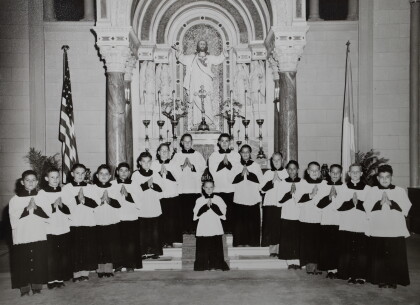
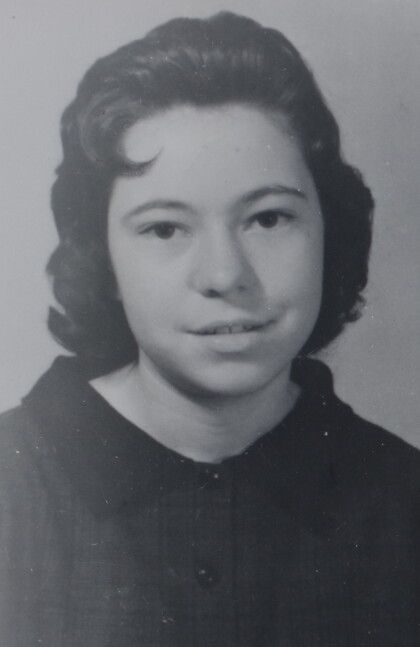
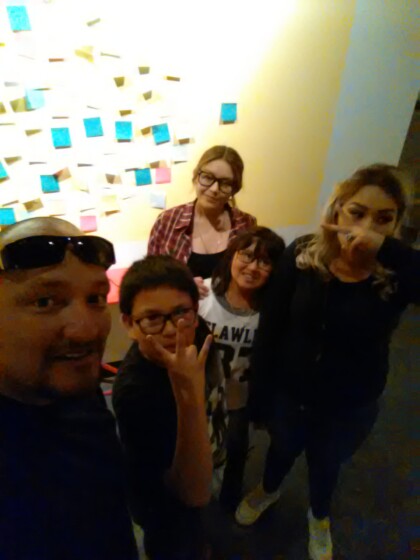

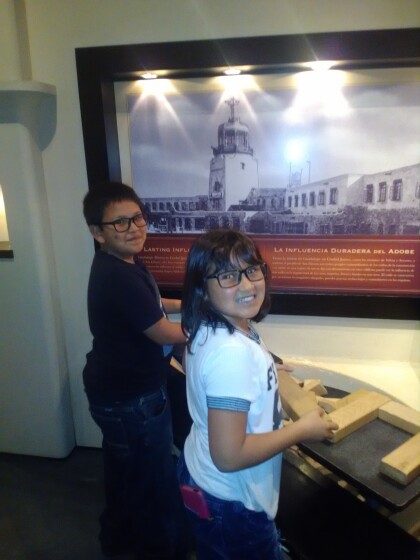

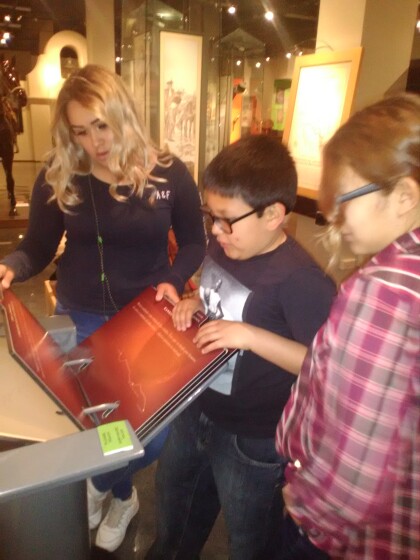

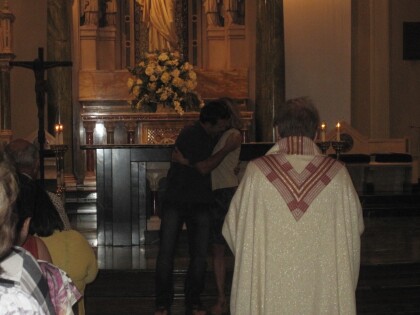
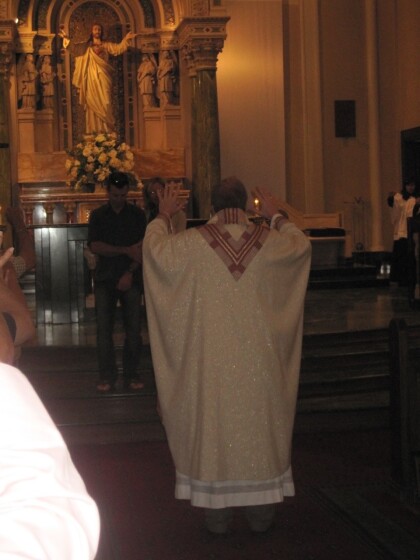
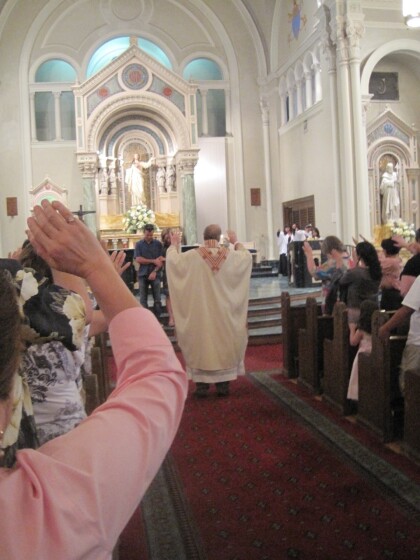
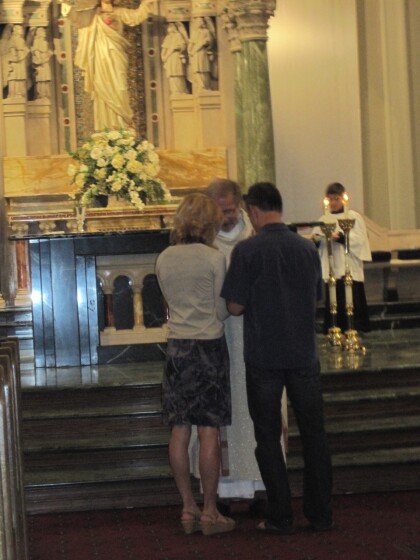
Comentarios
Hacer un comentario